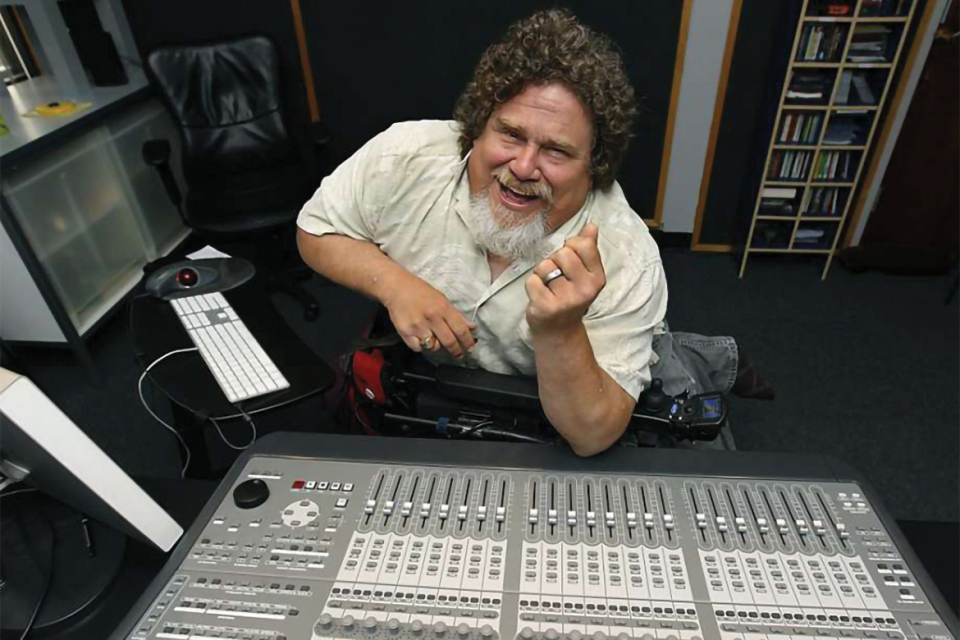Behind the camera, these industry pros have built careers while breaking down stereotypes.
KAITLYN YANG
Visual Effects Supervisor
In 2010, Yang became the first student selected for an internship in special visual effects in the Television Academy Foundation’s summer internship program. In 2013 she opened her own business, Alpha Studios in Burbank, California. She uses a motorized wheelchair due to spinal muscular atrophy.
“Disability does carry a negative connotation. It’s a fact. My friends just think of it as a part of me, like having brown hair, but in Hollywood, it’s a double-edged sword. Should I bring it up to potential clients? They would have already looked at my reels before my meeting them. I address it on a case-by-case basis.
“When I come in a room, I need to prove myself; I need to do a better job. I’ve gotten turned away, and I have a hunch it’s because of my disability. Once, the meeting place turned out not to be wheelchair-accessible. I asked if we could meet at the place next door.
“I had to go to the mountains once. I said, ‘Oh, by the way, I’m in a wheelchair.’ They said, ‘Okay. Do you want to park close?’ They didn’t make a fuss about it. I wish more people were like that.
“As far as how the disability affects my work, you’re basically sitting in front of the computer 10 hours a day. I’m already sitting, and I have my own chair. To people in the industry, I’d say, ‘Don’t judge a book by its cover. Don’t judge abilities and artistic vision based on what you see on the outside.’”
JIM LeBRECHT
Sound Designer
From his base in Berkeley, California, LeBrecht has carved a niche as a sound designer for documentaries; he has headed his own company, Berkeley Sound Artists, since 1996. He is producing and directing a documentary, Crip Camp, about a summer camp for teenagers with disabilities. He uses a motorized wheelchair due to spina bifida.
“I’ve been working the last few years on a sitcom I created, a comedy with a male character who is a wheelchair user. The comments I’ve gotten are: You’re never going to get it produced, the insurance is too difficult and who are you going to cast?
“These responses are based on stereotypes, preconceived notions that are wrong and can be damaging. We [persons with disabilities] work. I work 14 to 16 hours a day.
“I think the vast majority of people don’t know the disability community exists. We take pride as people with disabilities. Yet we’re the ‘other.’ We’re marginalized. A lot of that has to do with the fear of the unknown, feeling uncomfortable not knowing how to talk to a person with a disability. “Except for a few television shows, you don’t see people with disabilities as part of the fabric of society. If you don’t see someone like you participating in life, you can assume a better life isn’t available to you.
“I [spoke on] the panel for the LCA2.0–CBS event [“Disability Visibility Hollywood”]. I felt like a role model. Obviously I’m a wheelchair user, but I’ve crafted a career in entertainment. If I can do it, so can you.”
This article originally appeared in emmy magazine, Issue No. 10, 2017












